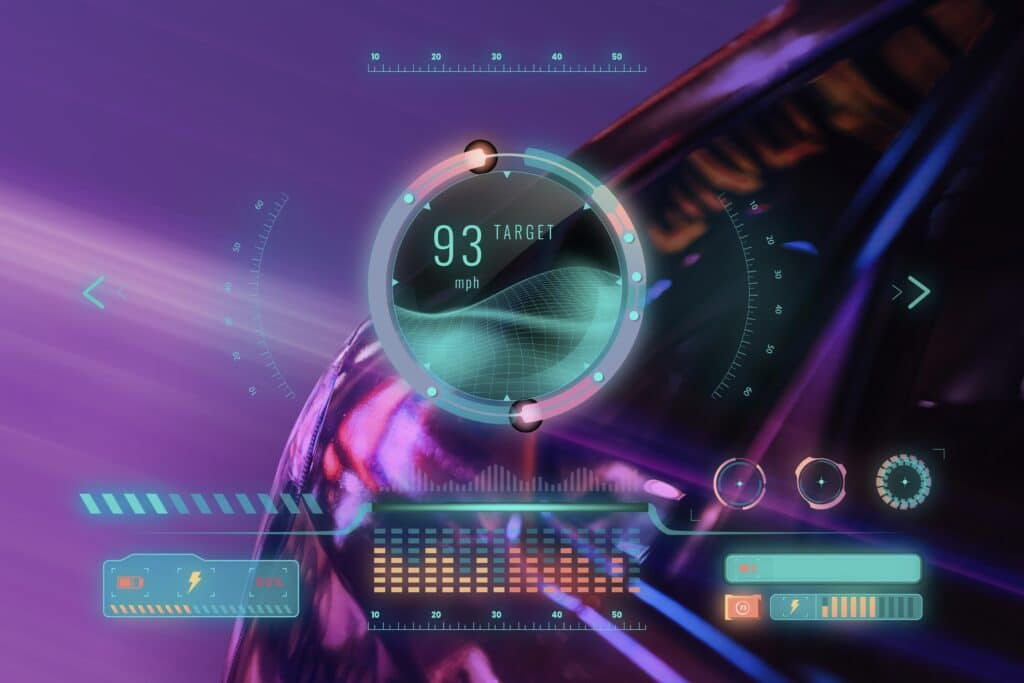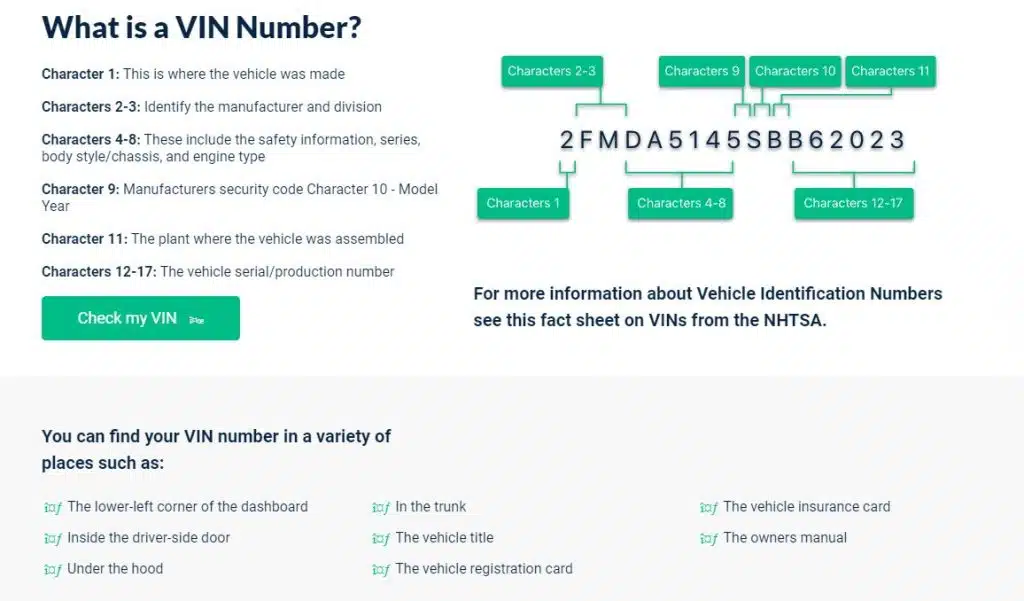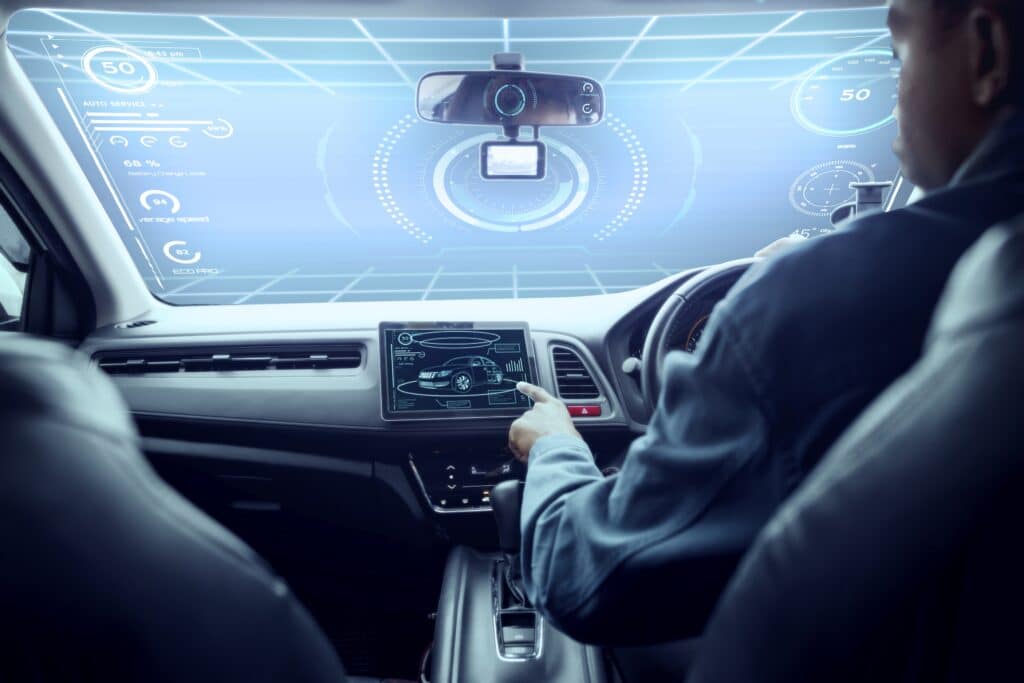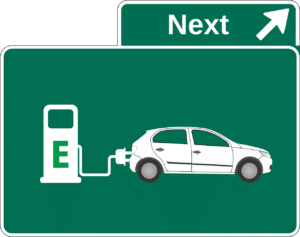Autonomous driving, or driverless driving, is a goal for nearly every car manufacturer. Driverless vehicles are still in the future, but the technology for this type of system is quickly advancing. At this time, several types of technology are being incorporated into vehicles that are taking over more of the driving experience.
The Society of Automotive Engineers (SAE International) currently has six categories or levels of autonomous vehicles. Understanding each of these levels will help you make the right choices for your next vehicle purchase.
Level 0 Automation
Level 0 is the most basic form of automation. Vehicles classified as Level 0 are always under the driver’s control. There is no technology to assist with steering, braking, or acceleration.
Having a Level 0 designation does not mean these vehicles do not have tech included. They may have backup cameras and several other safety features. It just means that the driver is always in control of the vehicle.
Level 1 Automation
Vehicles in Level 1 have safety features that gently assist the driver. Some features may include lane-keeping systems or adaptive cruise control features, but most driving and control remain with the driver.
Level 2 Automation
A vehicle classified as Level 2 still provides the driver with complete control over the vehicle. While, like Level 1 vehicles, Level 2 vehicles have more safety features that come into play. Safety features on a Level 2 vehicle are a little more advanced than on Level 1. Additionally, these features interact with each other and start to anticipate the driver’s movements. Some vehicles in this classification will also monitor the driver’s eyes and ensure that their hands are always on the steering wheel.
A good example of Level 2 automation is the Auto Pilot system offered by Tesla.
Level 3 Automation
When a vehicle reaches Level 3, it has the ability to take over more driving features Driving remains in control of the driver unless certain conditions are met where the automation can take over. The takeover may be manually done by the driver or automatically.
Some of these conditions would include driving hands-free on roads that have been previously mapped and geofenced to allow automated driving. It relies on the sensors of the vehicle to change lanes, accelerate and brake. Drivers do not have to remain totally focused on the road at all times with this level of automation.
Audi has released a Level 3 automation vehicle, the A8 luxury Sedan, but it has not been approved for use in the United States.
Level 4 Automation
Level 4 automation means that the vehicle is in control for the majority of the time that it is operating. The systems are very adaptive and can change how the vehicle operates based on weather and road conditions. Currently, a taxi system developed by Google is testing this type of automation in the Phoenix AZ area.
Level 5 Automation
This is the end goal for the automotive industry. Level 5 automation means that the vehicle operates independently of the driver. The driver simply gets into the vehicle, programs their destination, and then goes for the ride.
It is anticipated that these vehicles may not have steering wheels, acceleration, or brake pedals. They will simply be a transportation vehicle that operates on the use of sensors and programming.
It will be a while before any vehicle reaches full automation. There is a lot to do before these vehicles can operate safely on the roadways. In addition to having accurate programming and sensors installed in the vehicle, all roads would have to be mapped and geofenced, with road conditions being continually updated in the systems to account for construction and other factors.

Vehicle Automation Advances Everyday
It is not too forward-thinking to think that vehicles will take over more and more responsibilities on the road in just a few years. While full automation may not be something that happens in the short term, you will see more automated safety features introduced into all cars.
Once reserved for luxury vehicles, automated safety features like lane assist, parking assist, and driver awareness will ultimately be found in many vehicles on the road.
Vehicles are already using safety features like emergency braking and controlled cruise control to help avoid accidents. As more automation is applied, roadways may become safer.
However drivers must still remain focused on the roads so that they can operate these vehicles safely, even with the new automated features. These features are designed to reduce the risk of human error on the road, but it’s important to keep in mind that no system is perfect.
Whether you are ready for a fully automated vehicle or are just trying out the most basic safety features, remember that these features are there for your protection and in some cases, enjoyment.
When Purchasing A Vehicle
Always remember to run a VINsmart report on any used vehicle before making a purchase. A VINsmart report runs a complete history on the vehicle including whether it has ever been reported as stolen, involved in a major accident, or listed as a totaled vehicle.
VINsmart reports will also give you a registration history and mileage at registration. It reports any significant incidents related to the vehicle, such as being involved in a fire or flood.
When you are going to purchase a used vehicle, the best way to ensure you are making a good purchase is to know the vehicle’s complete history.






